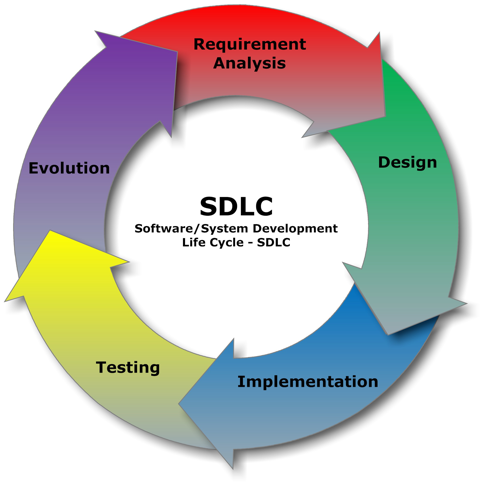Application developers adhere to processes that help maintain progress according to schedule and budget. Each company developing applications will undoubtedly have its own process in place, but common elements of these processes will be various phases: from inception to delivery/operation as well as any required reviews, deliverable expectations, testing processes, and resource requirements.
A common development process used in web applications is the application or Software Development Life Cycle (SDLC) shown in following figure, captured from https://commons.wikimedia.org/wiki/File:SDLC_-_Software_Development_Life_Cycle.jpg:

No matter what phases are defined in a company's development process, it is important to incorporate testing, penetration testing included, in each to mitigate risk at the most cost-effective stage of the process possible.
I've seen government development programs quickly exceed their budget due to inadequate consideration for security and security testing in the earlier phases of the cycle. In these projects, project management often delayed any testing for security purposes until after the product was leaving the implementation phase, believing that the testing phase was so-named as to encompass all verification activities. Catching bugs, defects, or security gaps in this phase required significant rework, redesign, or work-arounds that drastically impacted the schedule and budget.













































































